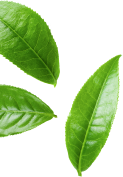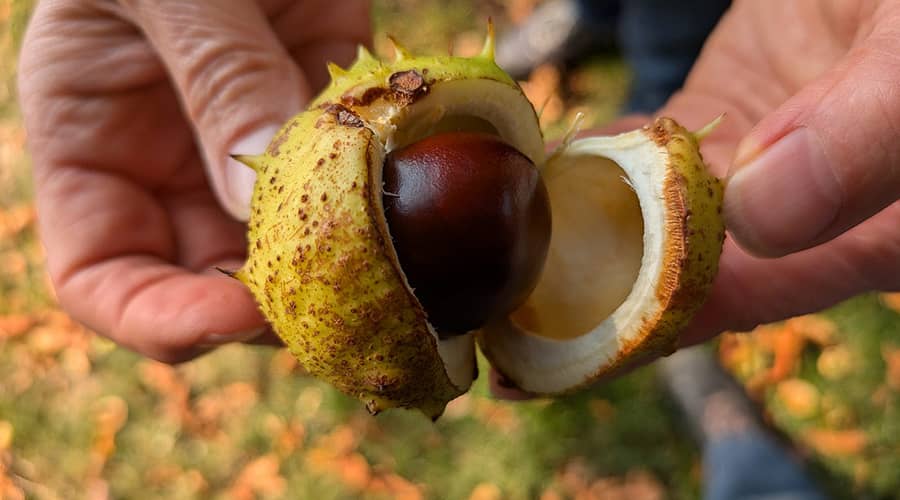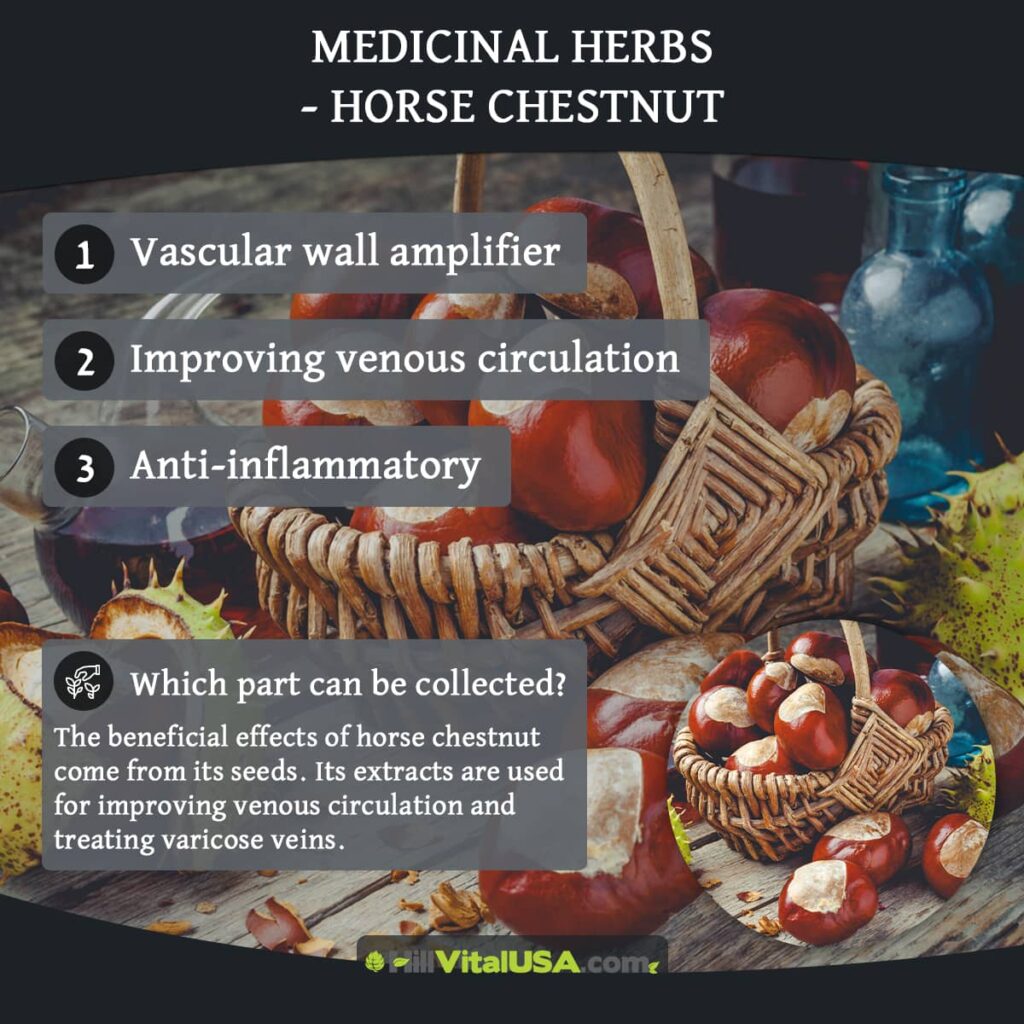



Horse-chestnut (Aesculus hippocastanum) is a well-known herbal remedy in traditional and modern medicine, especially recognized for its positive effects on vascular health. Native to southeastern Europe but now cultivated widely across the globe, this tree offers much more than ornamental value. From reducing inflammation to strengthening blood vessels, the benefits of horse-chestnut are substantial and well-supported by clinical research.
In this article, we’ll explore the top scientifically backed benefits of horse-chestnut, focusing particularly on its ability to support vein function, improve blood flow, and reduce discomfort related to chronic venous insufficiency (CVI).
The part of the horse-chestnut plant that is most commonly used for medicinal purposes is the seed, sometimes referred to as the conker. These seeds are rich in a biologically active compound called aescin (or escin). Aescin is responsible for the majority of the health-promoting actions, including vascular wall amplification, which helps veins retain their tone and integrity under pressure.
Horse-chestnut seed extract (HCSE) has been standardized in many over-the-counter preparations. It is typically formulated to contain around 16–20% aescin, ensuring consistent therapeutic efficacy.
One of the primary benefits of horse-chestnut is its ability to improve venous circulation. People who suffer from CVI—characterized by swollen legs, varicose veins, and a heavy feeling in the lower limbs—often turn to horse-chestnut as a natural remedy. A meta-analysis of randomized controlled trials published in The Cochrane Library concluded that horse-chestnut seed extract is significantly more effective than placebo in reducing leg pain and swelling associated with CVI.
Aescin works by promoting better venous return, meaning it helps blood move more efficiently back toward the heart. This is particularly important for people who stand or sit for long periods, as stagnant blood flow in the lower limbs can lead to swelling, pain, and long-term vein damage.
Another of the standout benefits of horse-chestnut is its vascular wall amplifier effect. Essentially, the active compounds in horse-chestnut strengthen the walls of blood vessels, especially veins. Weakened vein walls can lead to the development of varicose veins or exacerbate existing vein problems. By reinforcing these structures, aescin helps maintain optimal blood pressure within the veins and reduces the likelihood of blood pooling.
This is particularly beneficial for aging individuals or those with a genetic predisposition to vein disorders. Strengthening the venous walls also contributes to better overall circulatory health and may prevent complications like leg ulcers and skin discoloration.
In addition to its vascular benefits, another key benefit of horse-chestnut is its anti-inflammatory action. Inflammation is a key component in many circulatory and vascular disorders. Horse-chestnut helps by inhibiting enzymes that promote inflammation, such as hyaluronidase and elastase. By blocking these enzymes, horse-chestnut can reduce fluid leakage from capillaries and minimize swelling and tissue damage.
Its antioxidant activity further enhances its therapeutic profile. Oxidative stress contributes to vascular aging and damage, and the flavonoids in horse-chestnut seeds help to neutralize harmful free radicals in the bloodstream.
Despite the many benefits of horse-chestnut, it is important to note that raw horse-chestnut seeds, leaves, bark, and flowers contain toxic compounds and should never be consumed unprocessed. Only standardized extracts that have been processed to remove toxic elements are considered safe for medicinal use.
Pregnant or breastfeeding women, people with kidney or liver conditions, and those on blood-thinning medications should consult a healthcare professional before using horse-chestnut supplements.
Whether you are dealing with chronic venous insufficiency, varicose veins, or simply looking to maintain optimal vein health, the benefits of horse-chestnut are both wide-ranging and well-supported by scientific evidence. From vascular wall amplification to improving venous circulation and reducing inflammation, horse-chestnut stands out as a potent natural remedy.
Always choose clinically tested, standardized extracts and consult with your physician before starting any new supplement. When used properly, the benefits of horse-chestnut can significantly improve your quality of life—especially if you’re aiming for healthier circulation and stronger vein function.
As we’ve seen, the benefits of horse-chestnut—from improving venous circulation to strengthening the vascular walls—make it an exceptional natural remedy for those struggling with varicose veins and leg discomfort. If you’re looking for a practical and fast-acting way to apply these benefits directly where you need them most, Varikoflex Balm could be the ideal solution.
Formulated with horse-chestnut extract, Varikoflex Balm offers targeted relief by combining this powerful plant with comfrey and a blend of 14 natural ingredients. Together, they work to:
By applying Varikoflex Balm directly to affected areas, you can enjoy the localized benefits of horse-chestnut while supporting long-term vascular health through natural, herbal care. It’s a practical addition to your wellness routine—especially if you’re dealing with tired, swollen legs or the visible signs of venous insufficiency.


HillVital balms are your reliable support for an active life, crafted from natural ingredients!